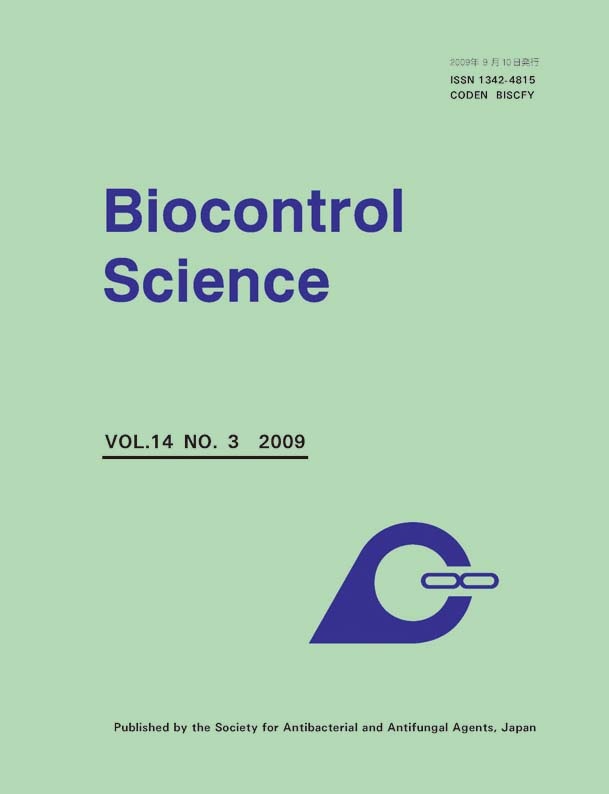Volume 14, Issue 3
Displaying 1-8 of 8 articles from this issue
- |<
- <
- 1
- >
- >|
Original papers
-
2009 Volume 14 Issue 3 Pages 87-95
Published: 2009
Released on J-STAGE: January 26, 2010
Download PDF (1334K) -
2009 Volume 14 Issue 3 Pages 97-105
Published: 2009
Released on J-STAGE: January 26, 2010
Download PDF (620K)
Note
-
2009 Volume 14 Issue 3 Pages 107-111
Published: 2009
Released on J-STAGE: January 26, 2010
Download PDF (513K) -
2009 Volume 14 Issue 3 Pages 113-118
Published: 2009
Released on J-STAGE: January 26, 2010
Download PDF (174K) -
2009 Volume 14 Issue 3 Pages 119-122
Published: 2009
Released on J-STAGE: January 26, 2010
Download PDF (137K) -
2009 Volume 14 Issue 3 Pages 123-126
Published: 2009
Released on J-STAGE: January 26, 2010
Download PDF (387K) -
2009 Volume 14 Issue 3 Pages 127-131
Published: 2009
Released on J-STAGE: January 26, 2010
Download PDF (615K) -
2009 Volume 14 Issue 3 Pages 133-138
Published: 2009
Released on J-STAGE: January 26, 2010
Download PDF (935K)
- |<
- <
- 1
- >
- >|
